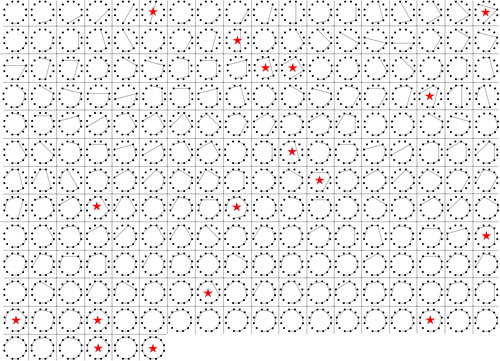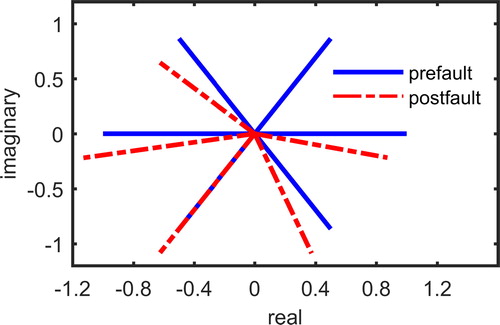Figures & data
TABLE 1 The number of fault types, significant fault types, and symmetrically significant fault types for specified number of phases.
TABLE 2 The Phi function for d = 1 to d = 24.
FIGURE 1. Symmetric significant fault type example. The four-phase fault and the four-phase fault to ground have the same fault analysis in balanced systems.
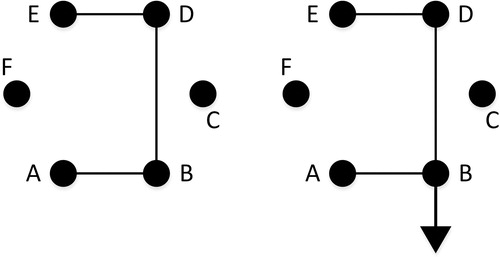
TABLE 3 The summation over d|n examples.
FIGURE 2. The SFTs for three-phase transmission lines. The fault with a “star” next to it is symmetric, i.e., the fault is the same as the fault to ground.
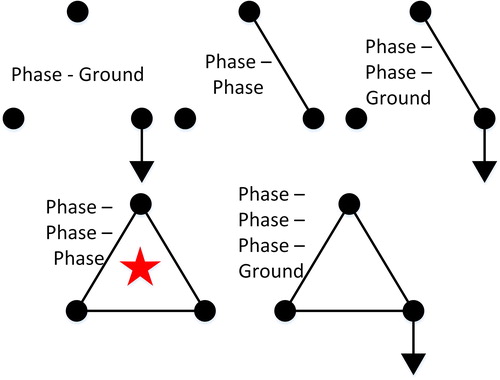
FIGURE 3. The four-phase SFTs. Five SFTs are not shown. Four not shown are identical to these four but also to ground. The last not shown is one phase to ground. The faults with a “star” next to it are symmetric, i.e., the fault is the same as the fault to ground.

FIGURE 4. The five-phase SFTs. Seven SFTs are not shown. Six not shown are identical to these six but also to ground. The last not shown is one phase to ground. The fault with a “star” next to it is symmetric, i.e., the fault is the same as the fault to ground.
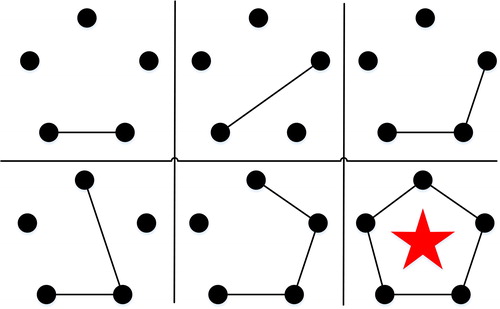
FIGURE 5. The six-phase SFTs. 12 SFTs are not shown. 11 not shown are identical to these 11 but also to ground. The last not shown is one phase to ground. The faults with a “star” next to it are symmetric, i.e., the fault is the same as the fault to ground.
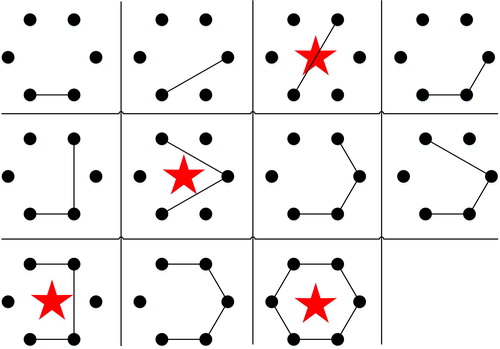
FIGURE 6. The nine-phase significant fault types. 45 significant fault types are not shown. 44 not shown are identical to these 44 but also to ground. The last not shown is one phase to ground. The faults with a “star” next to it are symmetric, i.e., the fault is the same as the fault to ground.
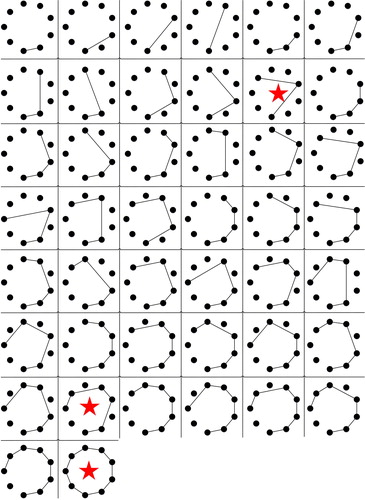
FIGURE 7. The twelve-phase significant fault types. 223 significant fault types are not shown. 222 not shown are identical to these 222 but also to ground. The last not shown is one phase to ground. The faults with a “star” next to it are symmetric, i.e., the fault is the same as the fault to ground.
